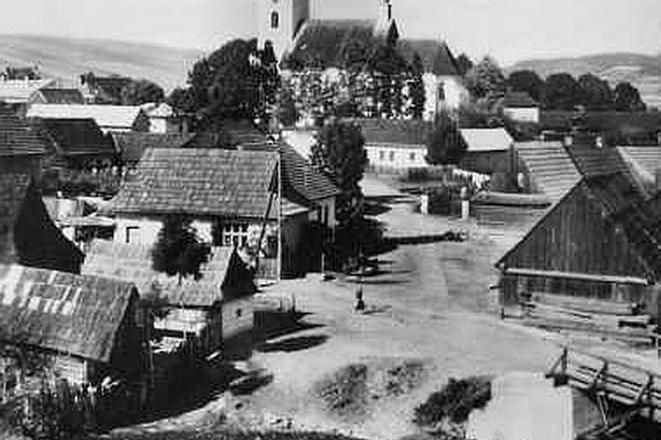THIS POSTCARD dating from just after the Second World War depicts Spišská Stará Ves, a little town that lies only a few kilometres from the Polish border.The northern Spiš region was heavily influenced by its proximity to Poland, which as a country of great importance both posed a threat to Slovaks and provided an opportunity for co-operation and trade.
It was in Spišská Stará Ves that two important meetings between Hungarian and Polish royal representatives took place. In 1411, Sigismund of Luxembourg, the Holy Roman Emperor, and Wladyslaw, King of Poland, met in the town. And in 1474, a peace treaty between Matthias Corvinus and Casimir Jagiellon was signed there.
Also noteworthy is that in 1848, the Magura district was created to unite numerous towns in northern Slovakia, and Spišská Stará Ves was declared its administrative centre. But the Magura district was abolished in 1960.
Although this postcard is just a little more than 50 years old, it shows how much the town has changed over the years. The paths then were made of trodden earth and wood was still the main construction material, as it had been for centuries.


